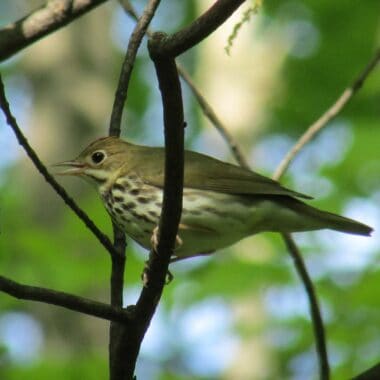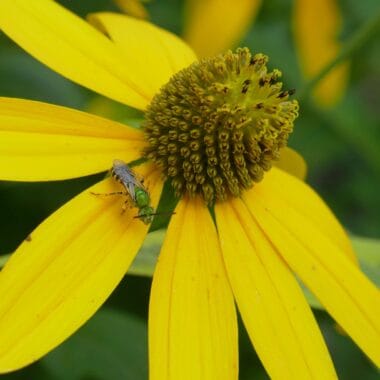
Spring has arrived! It’s a great time to get outside and explore.
Join us at the Harriet Irving Botanical Gardens to learn about native plant gardening throughout the season. We will be offering free monthly walks, each focusing on a different topic. Join us for one or all.
Space is limited, please secure your spot for one or all by sending us an email at: botanicalgardens@acadiau.ca or calling us at: 902-585-1917.
Walks begin at the main entrance of the Harriet Irving Botanical Gardens (pavilion facing University Avenue) at 32 University Avenue on the Acadia University campus.
Accessible parking is available on Crowell Dr, across from the K.C. Irving Environmental Science Centre, and accessible washrooms are available in the Centre. The speed and route of the walk will be adjusted to participants. Expect gentle hills and wheelchair accessible finely compacted gravel pathways. Benches are present throughout the Harriet Irving Botanical Gardens, and you will be encouraged to use them to soak up the beauty of the space.

Spring Native Plant walks:
Spring Blooms in the Wapna’ki Forest
Wednesday April 24, 6:30-8:00pm
From spring ephemerals to shrubs and trees, we will be talking about all things blooming in the Wapna’ki forest in springtime.
Bloodroot (Sanguinaria canadensis) is one of the first native woodland flowers to bloom at the Harriet Irving Botanical Gardens. Its delicate beauty can be appreciated by visiting us in mid-April. You have a better chance of catching the the flowers open when the sun is shining as the flowers close in the rain to maximize pollination success. Bloodroot gets its name from the red sap exuded from the rhizome when damaged.

Gardening with Birds in Mind
Wednesday May 22, 6:30-8:00pm
A garden would not be complete without bird songs. During our second spring walk, we will be discussing how to make our yards more inviting for our feathered friends.
Ovenbirds (Seiurus aurocapilla) are not your typical backyard birds, as they don’t tend to visit feeders, but if you live next to a mature forest, you might hear their loud, distinctive call (“tea-cher, TEA-cher, TEA-CHER!”) during the breeding season. Look for these chunky warblers near the forest floor where they hunt for invertebrates in the leaf litter. If your yard provides food, water, and shelter, they might honor you with a visit on their way to or from Central America and the Caribbean. The species is named after its covered nest that has a side entrance, which makes it look like an old-fashioned oven.

Gardening for Pollinators
Wednesday June 19, 6:30-8:00pm
Our third spring walk will be during pollinator week, an annual celebration in support of pollinator health. Join us to learn about the vital roles played by pollinators, the many types of pollinators that may visit your yard, and best pollinator stewardship practices.
Halictid bees are some of the native bee species that call the Harriet Irving Botanical Gardens home. With their metallic sheen, some look like flying jewels. Most nest in the ground and some, in decaying wood. Having short tongues, these non-aggressive bees most often visit flowers that provide easy nectar access. They are also important pollinators for various commercial food crops. Also known as sweat bees, you might catch them trying to quench their thirst by licking your skin on hot summer days.
Stay tuned to learn about our summer walks.


 Acadia University
Acadia University